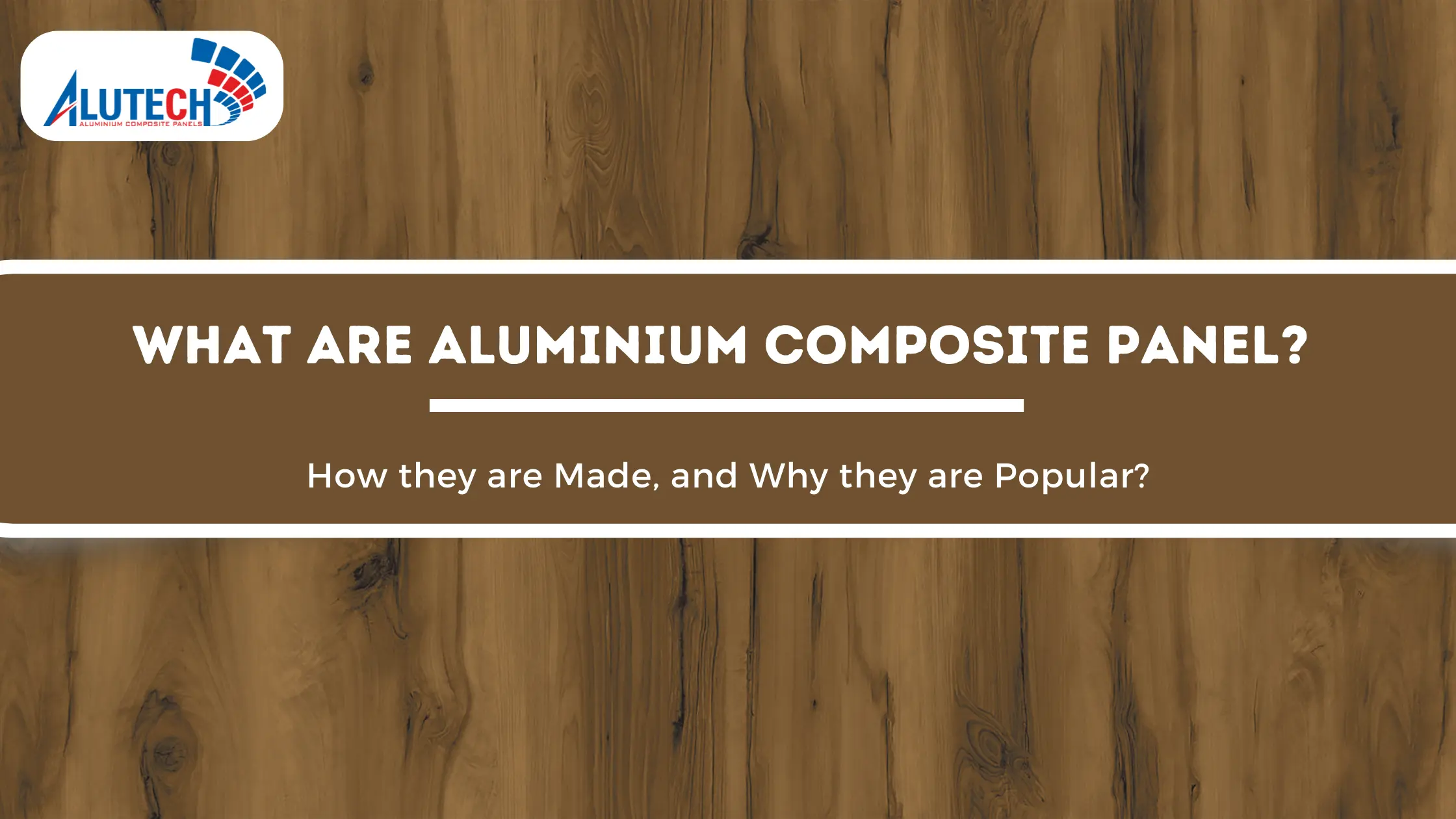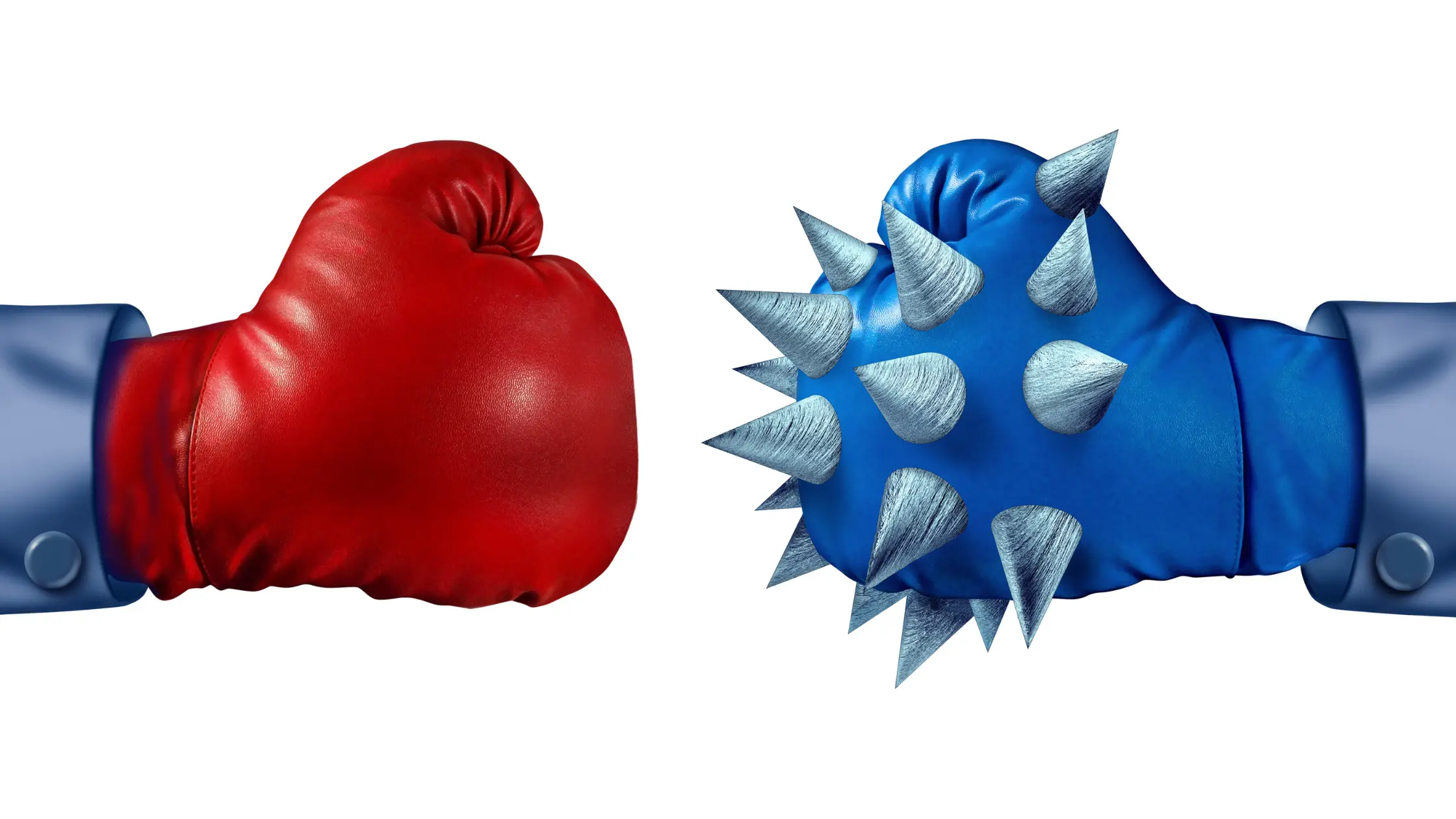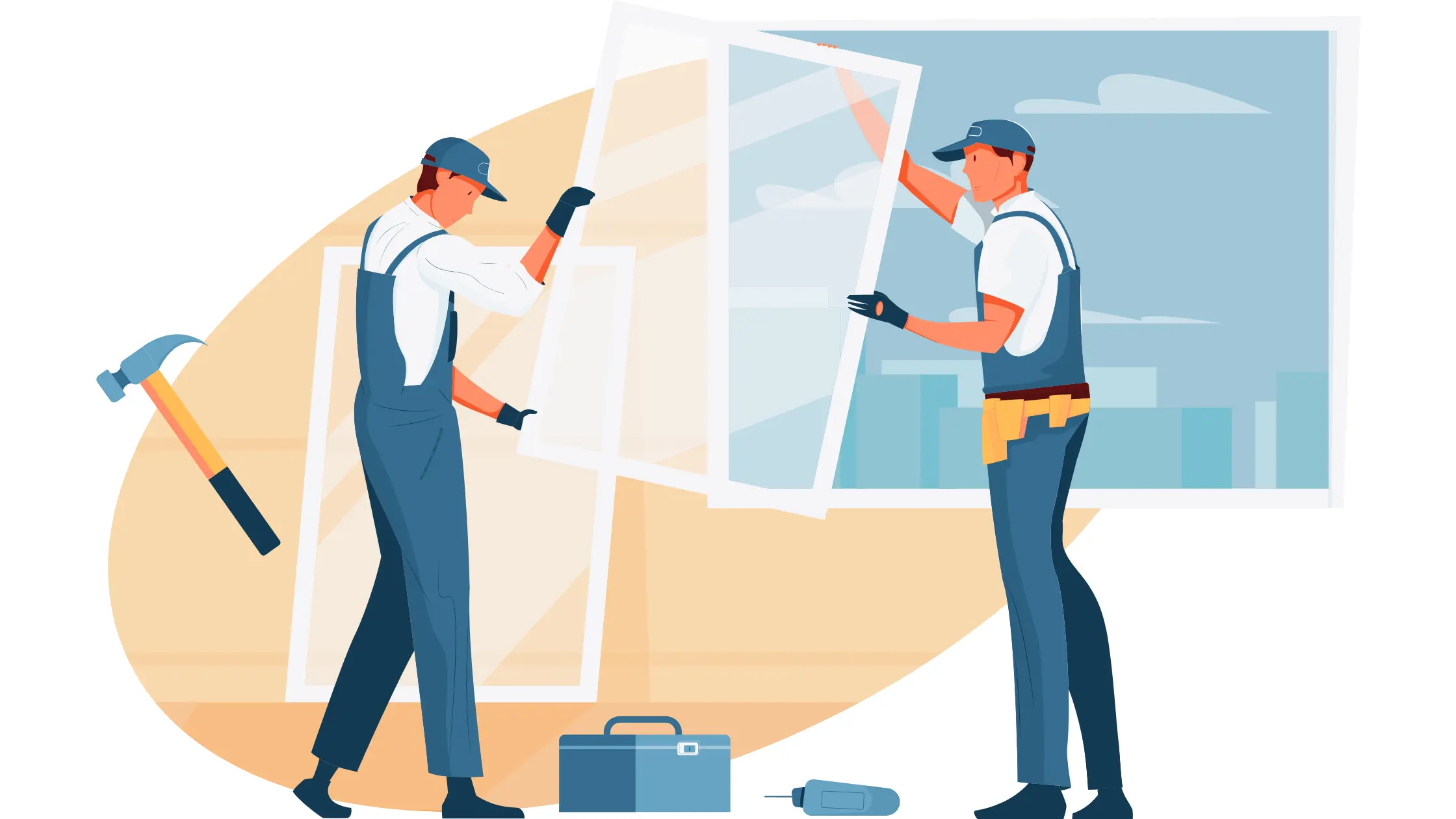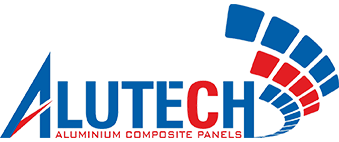
The Aluminium Composite Panel is a construction material which combines Aluminium in layers. These panels provide the same look and feel as wood or steel-reinforced concrete but at a much lower cost. Most popular lightweight and cost-effective options for interior wall panelling, sign boards, Flex boards, display boards and several other applications.
It is a board made up of a service-coated Aluminium coil followed by a core(low-density polymer) and a layer of adhesive. These are coated by another layer of adhesive and then a protective film. Aluminium composite panels meet the requirements of modern architecture. It has all the desirable properties of an ideal construction material.
ACP came into existence about two decades ago. Since then, they have found various applications in the construction industry. The aluminium composite panel is quite versatile. Find applications such as cladding material and interior finish such as partitions, false ceilings etc. They are also used to make signboards and internal applications in automobiles. ACP is gaining popularity in the construction sector because of its various advantages.
They can withstand high amounts of moisture without rotting and don’t need painting for exterior applications like wood. There are several drawbacks as well. The aluminium Composite Panel doesn’t have the best resistance against moisture when exposed to light or air from both sides or when left outdoors indefinitely.
To tackle this, Alutech Industries have embedded it in layers of Microplastics. Their main disadvantage is their low strength-to-weight ratio; they are almost half as strong as steel, and they don’t find applications almost everywhere as a replacement for steel. For places with adequate sunlight and moderate temperatures, these are the best.
What Are the Types of Aluminium Composite Panels?
There are several types of aluminium composite panels. The choice depends on the type of application and the desired aesthetic effect. For example, aluminium composite panels with a wood look are ideal for outdoor use. They are also used for interior applications like walls, ceilings, and floors if you want to create a modern or rustic look. In addition, they are ideal for creating panels in combination with other metals like copper, zinc, or stainless steel.
HIGH PRESSURE LAMINATES
SANDWICH ALUMINIUM COMPOSITE PANEL
Advantages of Aluminium Composite Panels
1. Resistance to Moisture
Since aluminium composite panels are made of aluminium, they are very resistant to moisture. They can withstand high amounts of humidity without rotting, rotting or rusting. This property is essential if you plan to install them in outdoor areas.
2. Low Cost
If you are looking for a material that can save money, Aluminium composite panels are a great choice. They are cost-effective and easy to install, so you don’t need to hire professionals to do the work.
3. Lightweight
If you want to use your Aluminium composite panels for a structural system, like a roof, you can be sure they are lightweight. They are a great alternative to steel, saving energy and reducing the burden on your homeowner’s insurance.
4. Versatile
Another great advantage of aluminium composite panels is their versatility. Depending on the type of finish you want, they can be used for creating interior walls, ceilings, floors, or exterior surfaces.
5. Water-resistant
The essential advantage of Aluminium composite panels is their ability to resist water. They are water-resistant, so they don’t get wet with heavy rainfall and don’t decay and rot over time.
6. Fire-resistant
An ideal material for outdoor applications. Another great advantage of Aluminium composite panels is their resistance to fire. They are not combustible and can withstand temperatures up to 900°C.
7. Low Sound Transmission
Another advantage of Aluminium composite panels is their low sound transmission. This makes them perfect for creating partitions that don’t disturb your neighbours.
Disadvantages of Aluminium Composite
1. Not Strong
One of the most significant disadvantages of Aluminium composite panels is their low strength. They are almost half as strong as steel, which makes them susceptible to damage from natural disasters and pests.
2. Low Resistance to Heat
Another disadvantage of Aluminium Composite Panels is their low resistance to heat. Aluminium is a soft metal, which means that it is susceptible to high temperatures. This makes it difficult to hold onto the substrate during renovations or repairs.
3. Easy to Break
The last disadvantage of Aluminium Composite Panels is that they are pretty fragile and easy to break. They are less durable than steel, which makes them unsuitable for structural applications.
Which Type of Aluminium Composite Panels to Choose?

Aluminium composite panels with a wood look are ideal for outdoor use. They can also be used for interior applications like walls, ceilings, and floors if you want to create a modern or rustic look. In addition, they are ideal for creating panels in combination with other metals like copper, zinc, or stainless steel. There are several types of Aluminium Composite Panels available in the market. You can choose based on the aesthetic effect you want and the application area you plan to install them on. Aluminium composite panels with a wood look are ideal for outdoor use. They can also be used for interior applications like walls, ceilings, and floors if you want to create a modern or rustic look. Also, they are ideal for creating panels in combination with other metals like copper, zinc, or stainless steel.
Why are Alutech Panels the Best Choice for Aluminium Composite Panel?
Aluminium composite panels with a wood look are ideal for exterior use. They are also resistant to heat, have low sound transmission, and can be used as cladding or roofing panels. Besides, they are lightweight, easy to install, and resistant to water and fire. Aluminium composite panels with a wood look are ideal for exterior use.

Pros and Cons of Using Metal Building Board as an Alternative for AS Fiberboard

Aluminium composite panels are very popular because they are cost-effective and have several advantages. However, they also have some disadvantages. AS Fiberboard is an alternative to aluminium composite panels, which is light and strong, and has low sound transmission. However, AS Fiberboard is also quite fragile, so it is not suitable for structural applications.
How to Install Aluminium Composite Panel
Aluminium composite panels are very lightweight and easy to install, so you don’t need any special tools to install them. You should clean the surface where you are going to install the panels, and you should make sure that the surface is free of dust and dirt. After cleaning the surface, you should apply a primer to the panelling, and then you should apply a primer/sealant/enamel over it, depending on the finish you want to achieve. After the primer dries, you can start installing the panels. You should start installing aluminium composite panels on dry surfaces, so they don’t get damaged easily. It is important to use spacers and nailing spikes when installing the panels, because they are low in strength, and you don’t want them to get damaged.
The edges of the panel should be sanded to create a smooth finish otherwise edges may crack while installing. The panel should be fixed to the surface with the help of an adhesive or screws as required by the user.

Conclusion

Aluminium composite panel has several advantages over other materials. They can withstand high amounts of moisture without rotting and don’t need painting for exterior applications like wood. Yet, they also have some drawbacks, like their low strength-to-weight ratio and susceptibility to fire and water. An Aluminium Composite Panel is an excellent option for creating interior walls, ceilings, floors, or exterior surfaces. Depending on the type of finish you want, you can suitably look for High-Pressure Laminate or Aluminium Composite Panel.
Frequently Asked Questions
What is Aluminium Composite Panel?
Aluminum Composite Panels are sandwich panels comprising two Aluminium sheets bonded to a non-Aluminium core. It is widely used as a very popular building cladding material for modern buildings.
Which type of ACP sheets are used for interior?
Alutech acp sheets are used in Interior rnaging from 2 to 6 mm in width.
What is the difference between hylam sheet and an acp sheet?
Hylam sheets are resistant to electricity while acp sheets are poor conductors.
What is an ACP sheet made of?
ACP sheet is made up of Aluminium sandwiched between layers of adhesives.


Add a Comment